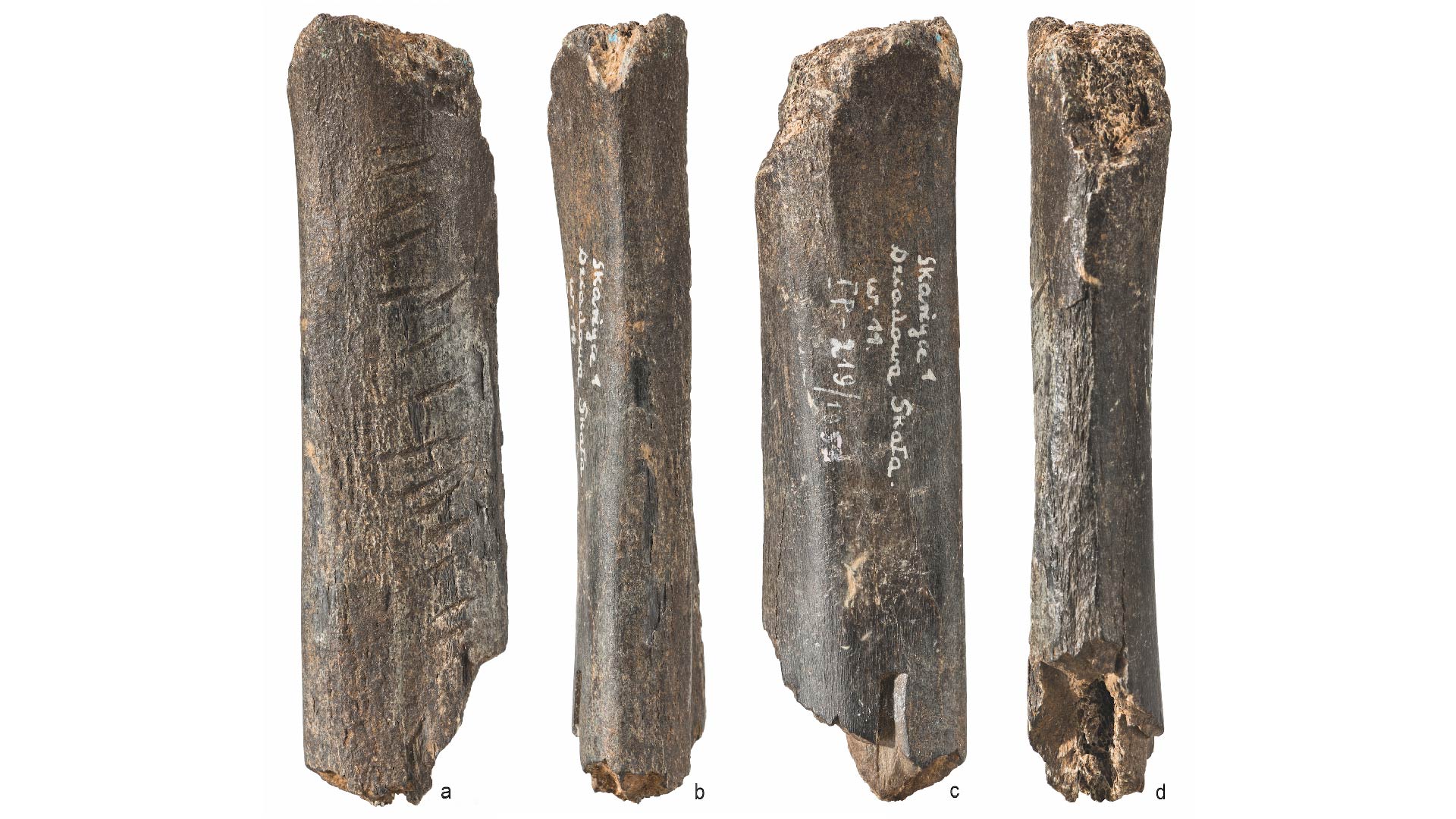Insects, Vol. 14, Pages 643: Insecticide Susceptibility and Detoxification Enzyme Activity of Frankliniella occidentalis under Three Habitat Conditions
Insects doi: 10.3390/insects14070643
Authors: Rui Fan Zongfang Fan Zhongxiang Sun Yaping Chen Furong Gui
Frankliniella occidentalis is a highly destructive and invasive agricultural pest that has developed resistance to a variety of insecticide classes. Different planting structures and insecticide use frequency can directly affect the resistance development of F. occidentalis. In this study, the susceptibility of three field strains of F. occidentalis, collected over one year (April to November) from three habitat conditions (facility agriculture area, FA; open field crop area, OF; agroforestry intersection area, AI), to spinetoram, spinosad, emamectin benzoate, chlorfenapyr, acetamiprid, and imidacloprid were monitored and compared. At the same time, the detoxification enzyme activity of F. occidentalis in different habitats was determined. The results showed that the susceptibility of the F. occidentalis population in FA was significantly lower than that of populations from OF and AI. Among them, the F. occidentalis population in FA had developed low levels of resistance to spinetoram (RR = 9.18-fold), emamectin benzoate (RR = 5.47-fold), chlorfenapyr (RR = 6.67-fold), and acetamiprid (RR = 7.49-fold), and had developed moderate level resistance to imidacloprid (RR = 11.67-fold), while still being relatively sensitive to spinosad. The population of F. occidentalis from OF had developed low level resistance to spinetoram (RR = 5.24-fold) but was still relatively sensitive to the other five insecticides. The resistance of F. occidentalis from AI to six insecticides was at relatively sensitive levels. The results of the enzyme activities of detoxification enzymes, including carboxylesterase (CarE), glutathione S-transferase (GST), acetylcholinesterase (AChE), and the cytochrome P450 enzyme system (CYP450), revealed that the activities of the FA population of F. occidentalis were significantly higher than those of the other two populations. The change of CarE activity in F. occidentalis was consistent with that of spinetoram resistance, indicating that CarE may be involved in the metabolic resistance of F. occidentalis to spinetoram. Among the three populations, the resistance and detoxification enzyme activities of F. occidentalis of the FA population to six insecticides were higher than those of the other two populations. Our findings, along with other strategies, are expected to help with the resistance management of F. occidentalis in different habitats.

 9 months ago
22
9 months ago
22


